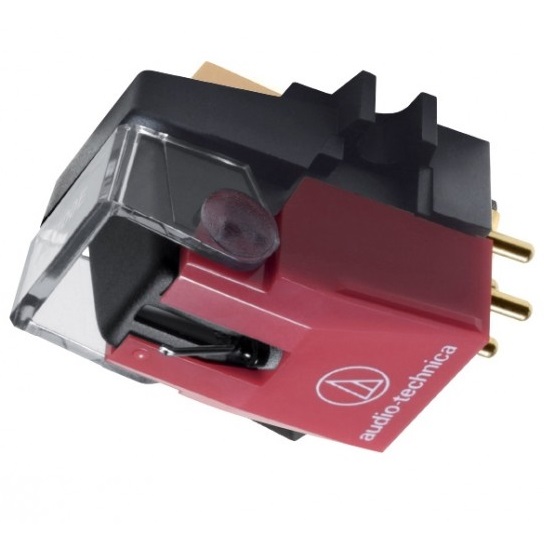

It offers all the goodies of the 120 but adds a more powerful and responsive motor, improved construction materials, and more heft. If you’re a DJ or strive to be one, the 1240 ($400 street price) is the real deal. A worthy competitor feature-wise is the Music Hall USB-1, but it’s belt-driven and has only 33 1/3 and 45 RPM speeds.

Its extra sophistication also means more time and care with setup. Overall, it is a heavier and more substantial unit that will get a finer, more detailed sound out of records than the LP60. The higher price tag for the 120XUSB (available in silver or black) rewards the buyer with many step-ups – three speeds, a considerably better cartridge, a metal plinth (base), pitch control, and more.
#Audio technica turntable manual#
Second, it is a fully manual unit, meaning that the act of playing a record is more time-consuming and requires additional involvement – there’s no “Set it and forget it” with manual turntables. It will also start and stop much faster, an essential feature for DJ play. But there’s a pretty pervasive and convincing belief that direct drive models, in which the platter sits directly on the motor’s shaft, is more consistent when it comes to speed. Both systems have their strengths and weaknesses, and the “My dog is better than your dog” argument will rage eternally. It also has USB connectivity, but is different in several important ways.įirst, it’s direct-drive rather than belt-driven. Models designated USB hook to computers in order to convert vinyl tracks to digital files.Īt around $250, the three-speed 120XUSB is the logical step up for the music lover who wants to get even more out of his or her records. And they have built-in preamps so you don’t even need a receiver that has one to use them. Most tables in the line are essentially “plug and play.” Very little assembly is required, the cartridges are already installed, and the tonearms don’t require any tricky adjustments. And not everyone has a delicate touch when manually handling the tonearm and trying to spare the fragile stylus. Not everyone is a huge fan of the often romanticized ritual of playing a record. No one would recommend dropping one of these things off a roof like they used to do with Timex watches, but A-T tables, even the plastic-y ones, are well put together. It’s also easy to get repair parts anywhere in the world. You can actually fiddle with the thing before plunking down cash or a credit card. You don’t need to buy an A-T online big-box stores carry them. This makes the most expensive unit affordable for a wide number of vinyl enthusiasts, and that’s obviously what the company has in mind amid the fervent revival in vinyl. None of the A-T tables has a street price above about $500. There are plenty of reasons to like them: The lineup of tables, all with models called AT-LP, has remained remarkably constant over the years, with only a few dropped products (like the departed AT-240). This makes it ideal for a DJ turntable, but I like the fact that it’s simple and reliable enough to function as an everyday turntable you’d use at home whenever you want to leisurely listen to your favorite records. I really like that this turntable, which can be found for less than $500, has a high torque motor. If you’re looking for a turntable that’s a bit higher end, and one that’s also a direct drive turntable, then I highly recommend the Audio-Technica AT-LP140XP.
#Audio technica turntable Bluetooth#
At about $100 for the base version (it also comes in a bluetooth and USB edition), you get a fully automatic turntable that’s plug and play due to its built in phono preamp. If you want the cliff notes version, here it is: The Audio-Technica AT-LP60X is an excellent turntable for a beginner. The Best Audio-Technica Turntables (TLDR) The Best Audio-Technica Turntables (TLDR).


 0 kommentar(er)
0 kommentar(er)
